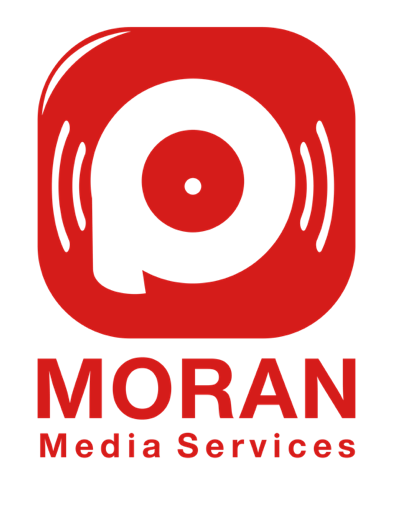The Full Guide to Tarot Cards: The Amount Of Tarot Card Cards Are There?
For centuries, tarot card cards have actually been made use of as a tool for divination and self-discovery. With their rich symbolism and magical imagery, tarot card cards offer understandings into the past, existing, and future. However just how many tarot cards are there in a typical deck?
The Standard Tarot Card Deck
A standard tarot card deck consists of 78 cards, split right into two primary types: the Major Arcana and the Minor Arcana. The Major Arcana consists of 22 cards, psychic reading for love each with its own unique importance and definition. These cards stand for considerable life events, spiritual lessons, and crucial archetypes.
The Minor Arcana, on the various other hand, contains 56 cards, divided right into four matches: Mugs, Pentacles, Swords, and Wands. Each match has 14 cards, consisting of 10 numbered cards and 4 court cards (Page, Knight, Queen, and King). The Minor Arcana cards focus on daily obstacles, feelings, partnerships, and functional issues.
With each other, the Major Arcana and Minor Arcana cards develop a total tarot card deck that uses a thorough and nuanced viewpoint on a variety of problems and experiences.
- The Major Arcana: 22 cards
- The Minor Arcana: 56 cards (14 cards in each of the 4 matches)
The Origins of Tarot Cards
The origins of tarot card cards are shrouded in enigma, with some chroniclers tracing their origins back to ancient Egypt, while others believe they came from reading aura middle ages Europe. The first known tarot deck was developed in the 15th century in Italy, and the cards were at first utilized for playing video games rather than prophecy.
It had not been until the late 18th century that tarot cards began to be utilized for spiritual functions, with the publication of “The Pictorial Key to the Tarot Card” by A. E. Waite and Pamela Colman Smith. This influential deck, known as the Rider-Waite-Smith deck, continues to be one of the most preferred and widely used tarot card decks today.
Since then, numerous different tarot decks have been developed, each with its very own special themes, art work, and interpretations. While the common tarot deck includes 78 cards, there are numerous variations and specialty decks readily available to suit every taste and rate of interest.
Using Tarot Card Cards for Support
Whether you’re an experienced tarot reader or a novice simply beginning to explore the world of tarot, the cards can provide beneficial understandings and support into your life’s journey. By tapping into your intuition and getting in touch with the icons and imagery of the cards, you can get a much deeper understanding of on your own and your conditions.
Many individuals utilize tarot cards for reflection, self-reflection, and spiritual development. The cards can help you discover hidden truths, check out different viewpoints, and locate clearness in times of complication or unpredictability. While tarot cards don’t anticipate the future with certainty, they can provide valuable support and assistance as you navigate life’s ups and downs.
Finally
So, the amount of tarot cards exist in a conventional deck? A full tarot deck contains 78 cards, consisting of 22 Major Arcana cards and 56 Minor Arcana cards. Each card has its very own special significance and significance, using a rich tapestry of understandings and knowledge for those who seek advice and self-discovery.
